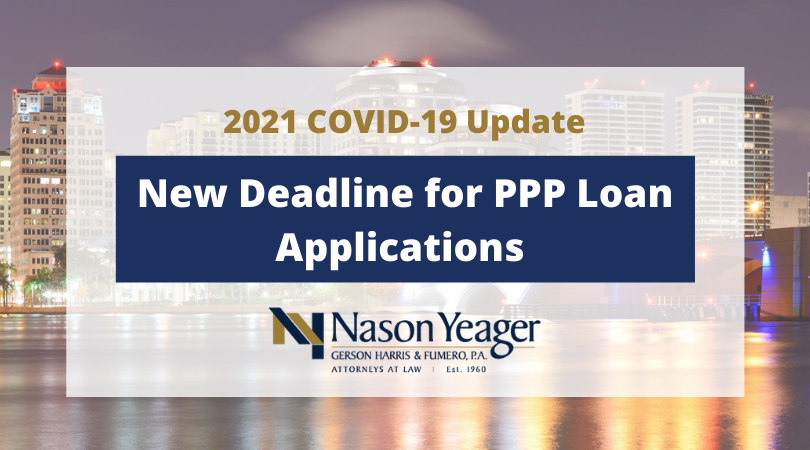On December 27, 2020, the Economic Aid to Hard-Hit Small Businesses, Nonprofits, and Venues Act (Economic Aid Act) was enacted as part of the Consolidated Appropriations Act, 2021, a $900 billion federal stimulus package to, among other things, expand and extend certain programs under the Coronavirus Aid, Relief, and Economic Security Act (CARES Act), including the Paycheck Protection Program (PPP) administered by the U.S. Small Business Administration (SBA). Effective February 3, 2021, the SBA adopted an interim final rule which provides borrowers and lenders with guidance on requirements governing PPP loans in light of the Economic Aid Act. As the application period for new PPP loans ends on March 31, 2021, here are few key takeaways from these developments that current and prospective borrowers should be aware of:
- The Economic Aid Act added a new round of funding for eligible first time borrowers, which will be classified as “First Draw” PPP loans, and also provides for additional funding for previous PPP borrowers referred to as “Second Draw” PPP loans, which are available for a more limited pool of potential borrowers when compared to First Draw PPP loans. The SBA’s new interim final rule applies to and provides guidance on both types of PPP loans.
- The Economic Aid Act extended the application period for all PPP loan applications, including both First Draw loans to new PPP borrowers and Second Draw loans for previous borrowers, to March 31, 2021.
- Subject to certain exceptions, a borrower will generally be eligible for a Second Draw PPP loan if the borrower (i) previously received a First Draw PPP loan and will use or has used the full amount only for authorized uses (as further described below), (ii) has no more than 300 employees; and (iii) can demonstrate at least a 25% reduction in gross receipts between comparable quarters in 2019 and 2020.
- Under the Economic Aid Act and SBA guidance, PPP loans may be used to cover additional categories of borrower expenses, including certain operational expenditures, property damage costs, supplier costs, and worker protection expenditures, in addition to the original permitted uses of PPP funds under the CARES Act.
SBA guidance on the PPP program, including with respect to additional loan funding available pursuant to the Economic Aid Act, is available on its website. Included on the SBA’s website is a “Frequently Asked Questions” document which may address certain issues that applicants, current borrowers or lenders may face.
As always, Nason Yeager is prepared to help clients navigate the PPP program, and to advise on other forms of relief that may be available for individuals and businesses.
